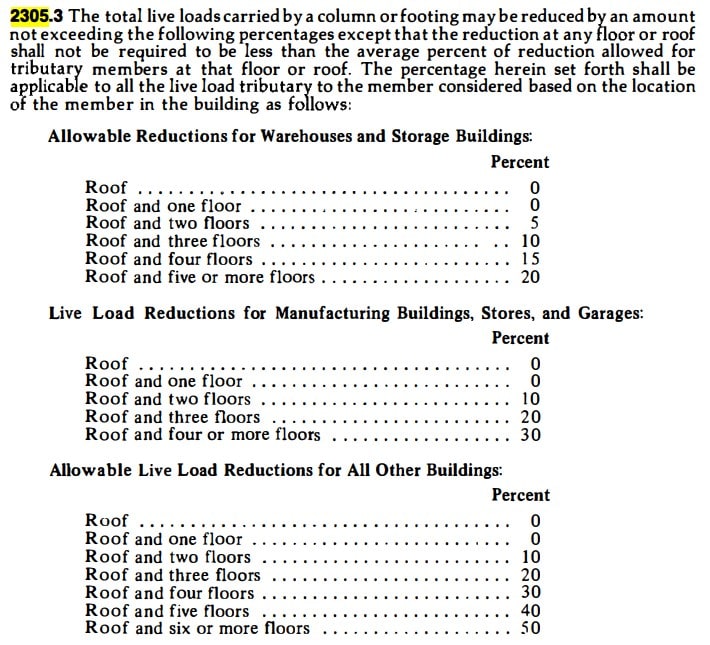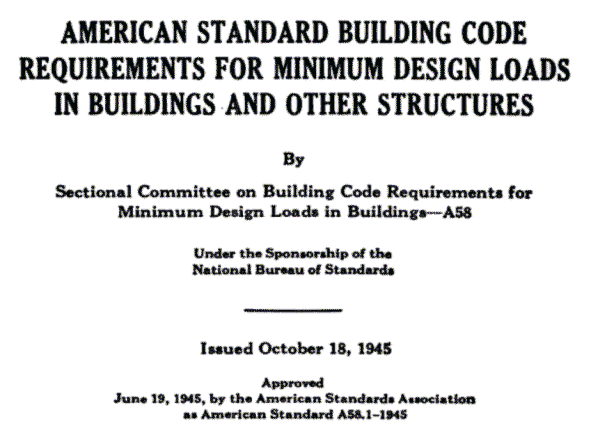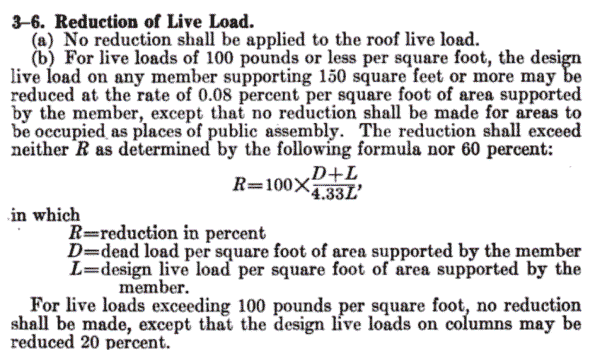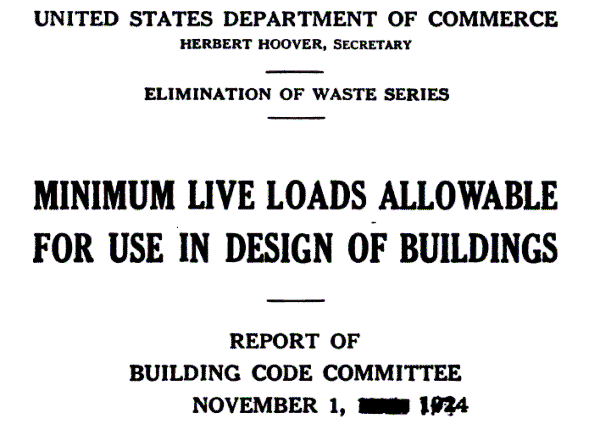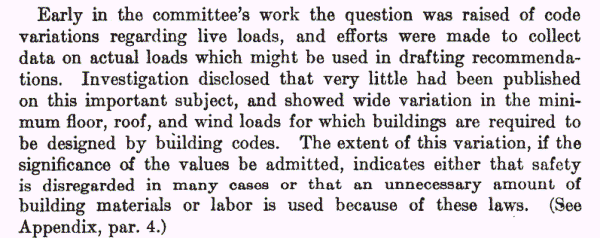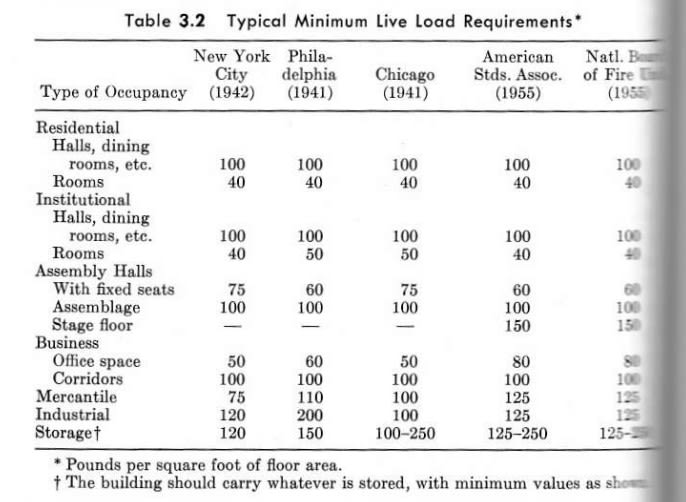trevorshiloh
Civil/Environmental
I deal with a lot of historic structures and part of trying to reproduce the design without existing drawings is figuring out whether live load reduction was used.
A quick search didn't yield any meaningful results, and the ASCE 7 commentary mentions influence area being introduced in 1982 with the concept of live load reduction introduced "over 40 years ago", which I'm assuming is 40 years ago from 1982 since 7-05, 7-10, and 7-16 all cite the same number.
Wondering if anyone knows of any references explaining when it was first conceptualized/codified, how it has evolved, and what they did before influence area.
A quick search didn't yield any meaningful results, and the ASCE 7 commentary mentions influence area being introduced in 1982 with the concept of live load reduction introduced "over 40 years ago", which I'm assuming is 40 years ago from 1982 since 7-05, 7-10, and 7-16 all cite the same number.
Wondering if anyone knows of any references explaining when it was first conceptualized/codified, how it has evolved, and what they did before influence area.

